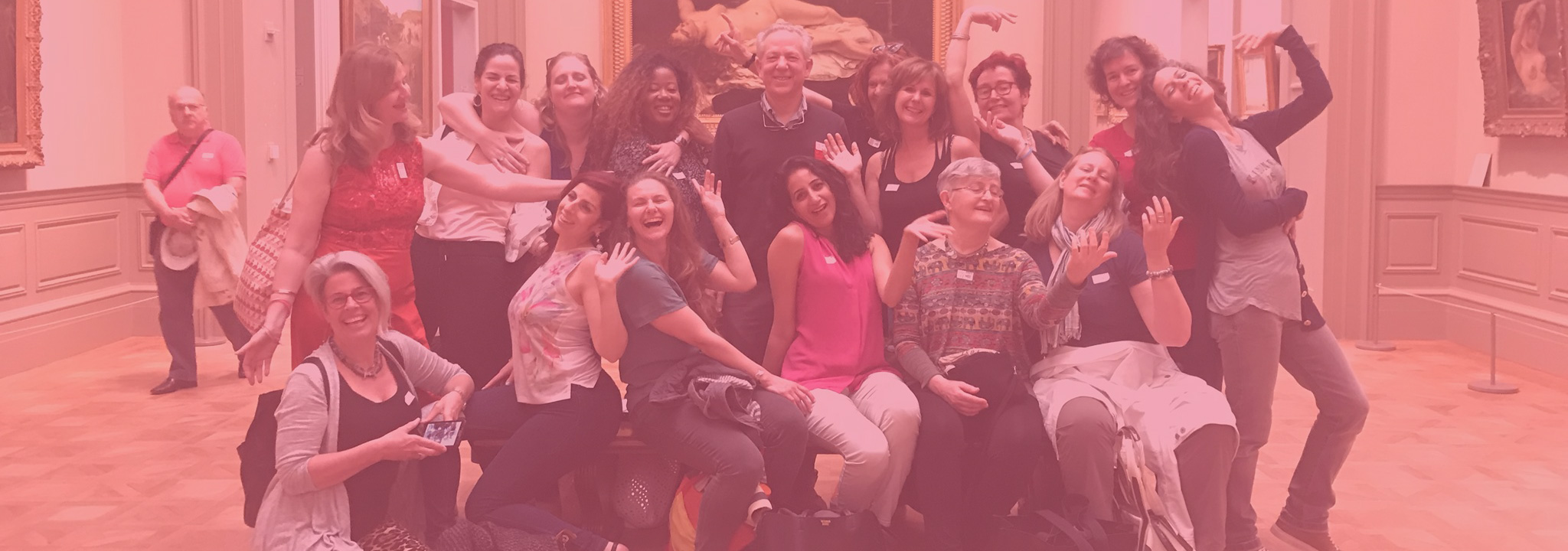On every Shady Ladies tour of the Metropolitan Museum, at least one person tells me that John Singer Sargent’s
Madame X is their favorite painting. And you can easily see why. It’s an arresting image, ambiguous and mysterious, and it creates for the viewer an image of a dramatic and complex woman. There are strange contradictions in it. For instance, the woman’s body is turned toward the viewer, but her face is turned—almost wrenched—to the side. Her skin is astonishingly white, her profile exaggeratedly aquiline, yet her hands are stubby and red, and her ear is inelegant and red as well—and very noticeable. And there are things that are hard to figure out: could her skin really be so extremely pale, or are her face, neck, shoulders, chest, and arms all thickly made up?

